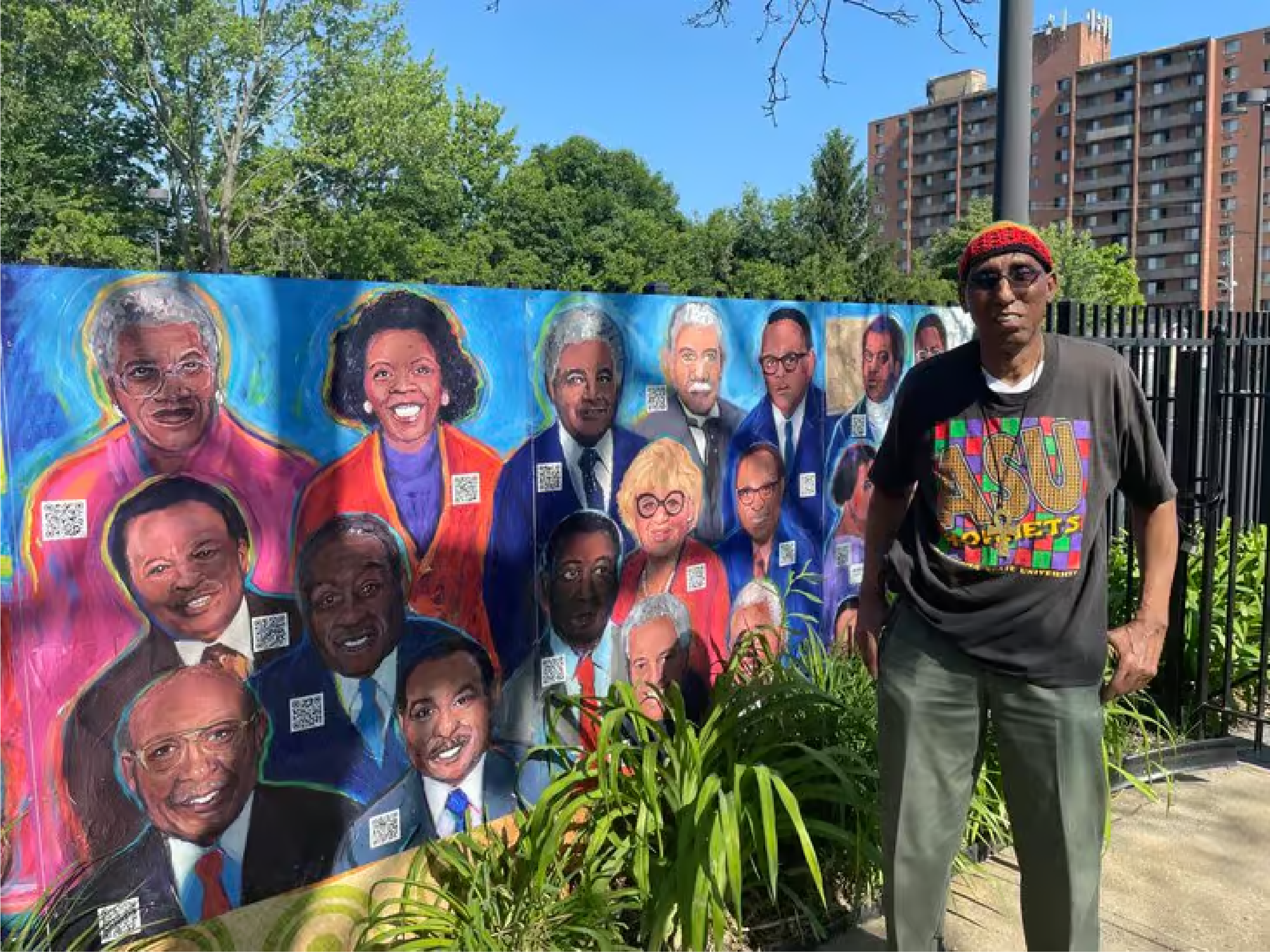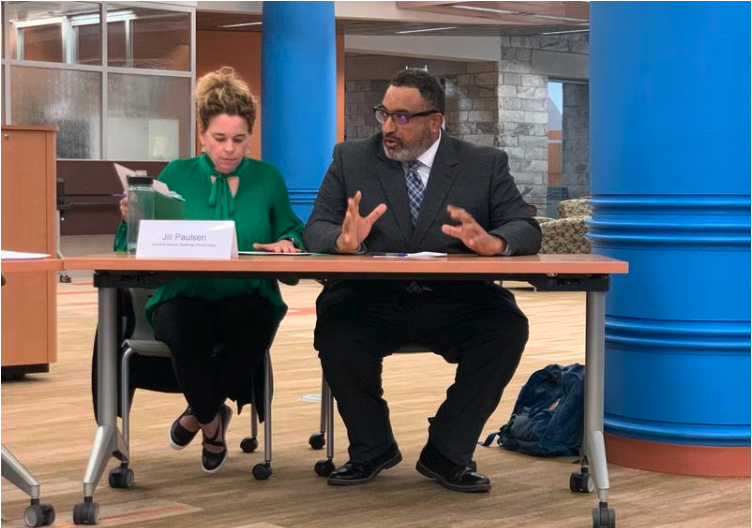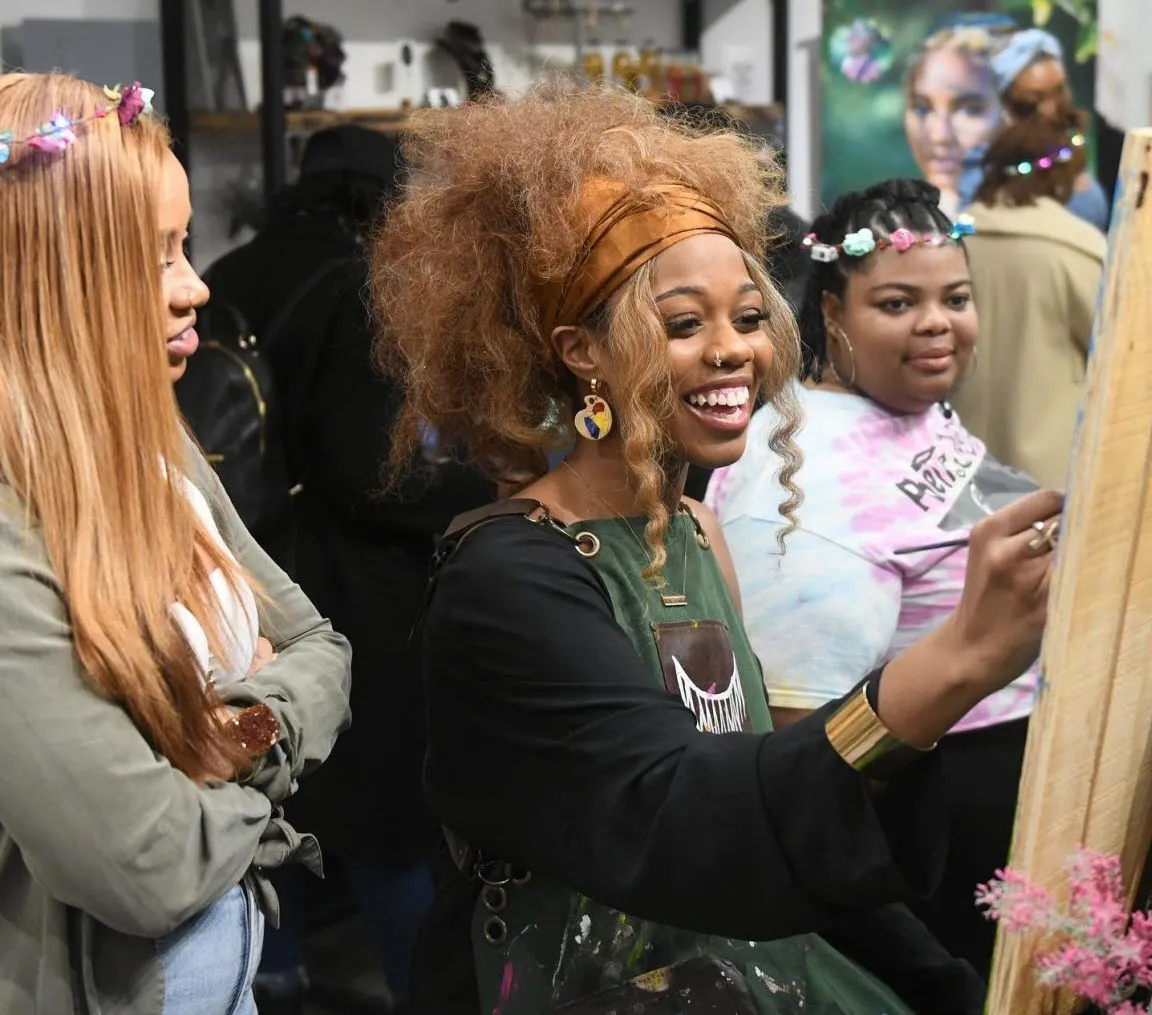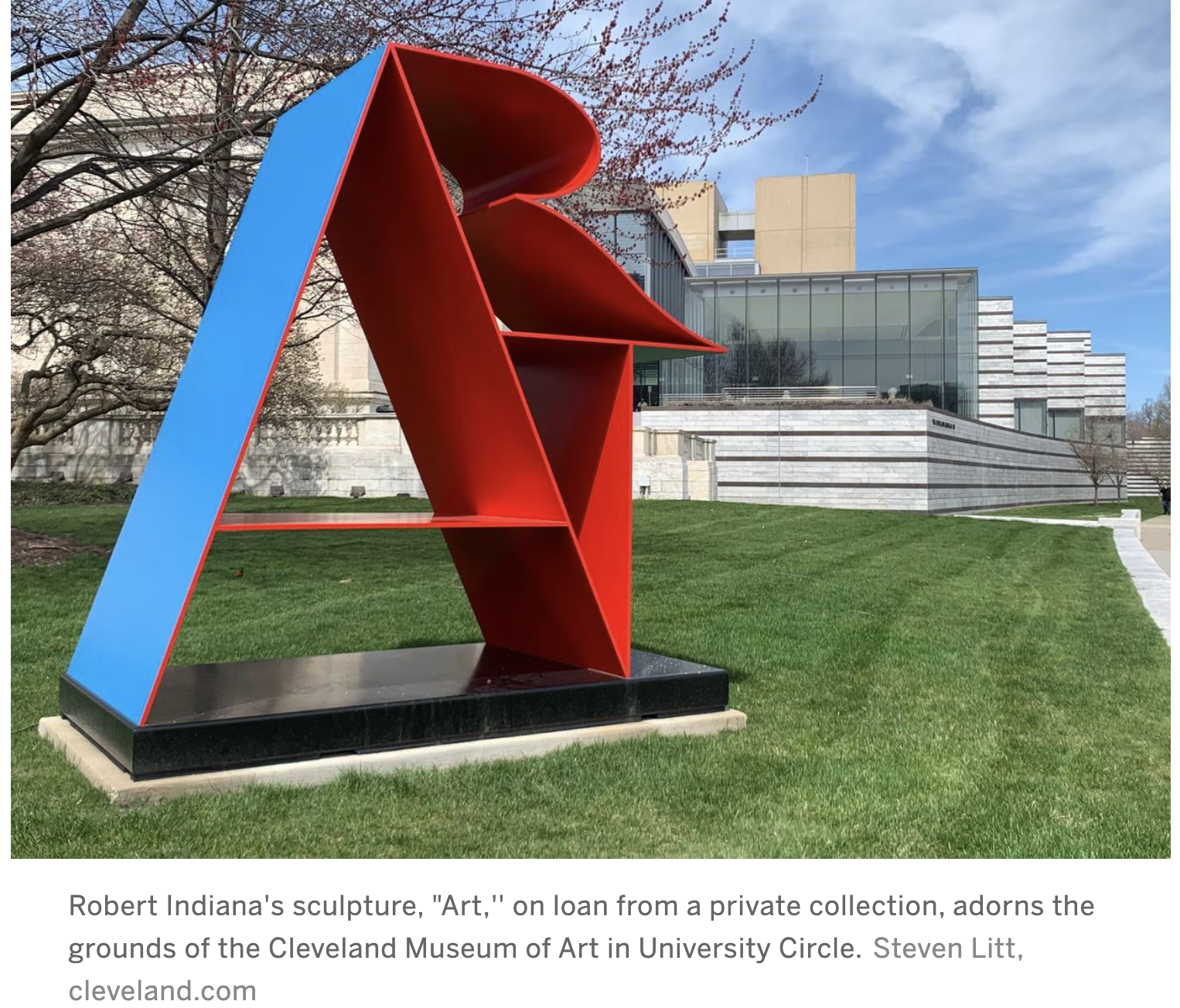Ohio could reverse course on potential Cuyahoga County vape tax, allow higher tax on cigarettes
Source: Cleveland.com
Date: June 26, 2023
Abstract:
COLUMBUS, Ohio—State lawmakers are considering rolling back a recent state law designed to raise more money from Cuyahoga County’s cigarette tax, though they’re seeking a replacement plan that could bring in even more revenue by allowing an increase in the tax rate itself.
Read full article here: https://www.cleveland.com/news/2023/06/ohio-could-reverse-course-on-potential-cuyahoga-county-vape-tax-allow-higher-tax-on-cigarettes.html
This Saturday, Bike Your Neighborhood kicks off new community cycling rides
Source: The Land
Date: June 1, 2023
Abstract:
Bob Render, a longtime resident of E. 128th St. between Buckeye and Drexmore Roads in Buckeye-Shaker Square, saw something happen in his neighborhood a few years ago that he couldn’t remember experiencing before.
“Two years ago, I’m down here pulling weeds and I see these folks on bikes coming down the street,” he said. “Well, I didn’t know who they were until they got a little closer, and then I realized it was Tim Tramble, Indigo Bishop, and Peter Whitt, the senior staff of the Saint Luke’s Foundation, and some of the people they funded. I said, ‘Boy, aren’t you a sight for sore eyes. I can’t remember ever seeing a president or CEO of a foundation, any foundation in Cleveland, on a bike ride in the neighborhood.’” …
…Deidre McPherson, who by day works as chief community officer for Assembly for the Arts and by night is an avid cyclist and cycling promoter, is one of the organizers behind Bike Your Neighborhood. She told Harry Boomer of WOIO Channel 19 why she loves Slow Roll events. “It’s a really beautiful experience, we ride through neighborhoods, spread bike joy, and inspire people to move,” she said….
Artist Engagement and Planning Update
ARTIST ENGAGEMENT AND PLANNING UPDATE
Assembly for the Arts has received a grant from Cuyahoga Arts & Culture to help shape artist funding in the community. This means over the next several months, we will engage artists and residents and listen to their ideas on the best ways to support artists, both financial and non-financial.
Assembly is designing a focused listening, engagement, and planning effort with artists and residents that will result in a community-driven plan for how CAC’s 2024 Support for Artist funds will be spent.
Assembly and CAC are committed to expanding the pie and increasing equity in Cleveland’s arts and culture sector. We are excited for this next phase of our organizations’ work together.
Stay tuned for more soon. If you’d like to sign up for updates, make sure you receive our newsletter.
Cleveland creatives boost arts entrepreneurship as city looks to pump up arts economy
Source: The Land
Date: April 25, 2023
Abstract:
It’s a cliche that artists can’t make a living, but Cleveland creatives are ramping up efforts to help each other avoid that fate. As the city prepares to use a $250,000 Cleveland Foundation grant to hire a full-time senior strategist for arts, culture and creative economy to help foster an arts economy here, local artists are working to boost the entrepreneurial power of their creative community.
Cuyahoga Arts & Culture approves $20,000 for feedback on artist funding
Source: Ideastream Public Media | By Kabir Bhatia
Date: April 19, 2023
Abstract:
Cuyahoga Arts & Culture (CAC) has seen contentious discussion at its recent meetings about how it distributes funding for artists with revenue from a cigarette tax. Currently, it provides money to four nonprofits, which then distribute the funding to artists. Now, CAC has approved $20,000 for one of those nonprofits, Assembly for the Arts, to hold listening sessions on the topic.
“This proposal is a move in the right direction, where Assembly can do what it was created to do: Be a unifying force for all the creative economy of our region,” said Assembly CEO Jeremy Johnson.
At a fiery meeting, Cuyahoga Arts and Culture moves toward outsourcing a controversial grant program to Assembly for the Arts
Source: Steven Litt, cleveland.com
Date: April 20, 2023
Abstract:
CLEVELAND, Ohio — Cuyahoga Arts and Culture, the public agency that collects and distributes cigarette tax money for the arts across the county, appears to be moving toward offloading the management of a controversial grant program for individual artists.
During a fiery board meeting Wednesday at the main branch of the Cleveland Public Library downtown, the CAC board voted to award a $20,000 grant to the nonprofit Assembly for the Arts, Greater Cleveland’s new arts council, to “refresh’’ earlier research from 2017 about how best to provide grants to individual artists.
Cleveland Scores Highest Among Midwestern Communities on Two Key Measurements of Arts Vibrancy
Analysis from the 2022 Arts Vibrancy Index reveals Cleveland, Ohio with a score in the top 1% of communities on measurements of Arts Dollars.
The city shows particular strengths in the amount of earned revenue generated from artistic programs and the total compensation paid to arts and cultural employees per capita – higher than all other large midwestern communities on these two sub-measures.
Assembly for the Arts is proud to have played a role in partnership with Cuyahoga Arts & Culture in providing important community context for the data.
Arts group hopes grants will spur change in long-ignored neighborhoods in Greater Cleveland
Source: Signal Cleveland
Date: April 14, 2023
Abstract:
Few people associate redlining and art. Assembly for the Arts says that redlined communities often lack arts investment, including “areas of significant arts activity” that can help make a neighborhood more walkable. Assembly’s Creative Impact Fund (CIF), which is accepting applications through May 7, will award $6,250 grants to artists and artist collectives to create “transformative arts projects” in 16 Greater Cleveland communities.
City Hall seeks its first high-ranking advocate to boost arts and culture as a major economic driver
Source: Steven Litt, cleveland.com
Date: April 13, 2023
Abstract:
CLEVELAND, Ohio — Cleveland is widely known as a haven of the arts with strong local philanthropy and public funding through Cuyahoga County’s cigarette tax for arts and culture. The city’s government, however, has not been known for playing a consistent and highly visible role in supporting the city’s cultural riches. That could soon change. The city is now seeking applicants for a new high-level position in the office of Mayor Justin Bibb called Senior Strategist, Arts, Culture and Creative Economy.
Where Cleveland artists can affordably live and create is up for discussion Thursday
Source: ideastream
Date: April 10, 2023
Abstract:
Greater Cleveland’s creative sector, still recovering from the pandemic, is considering where it will live and work in the future. A recent survey of Cuyahoga County artists receiving ARPA funding found that 79% were concerned about having enough money to pay bills. A panel discussion Thursday brings together artists, community leaders and real estate professionals focused on ways to make housing and creative space more accessible and affordable.











